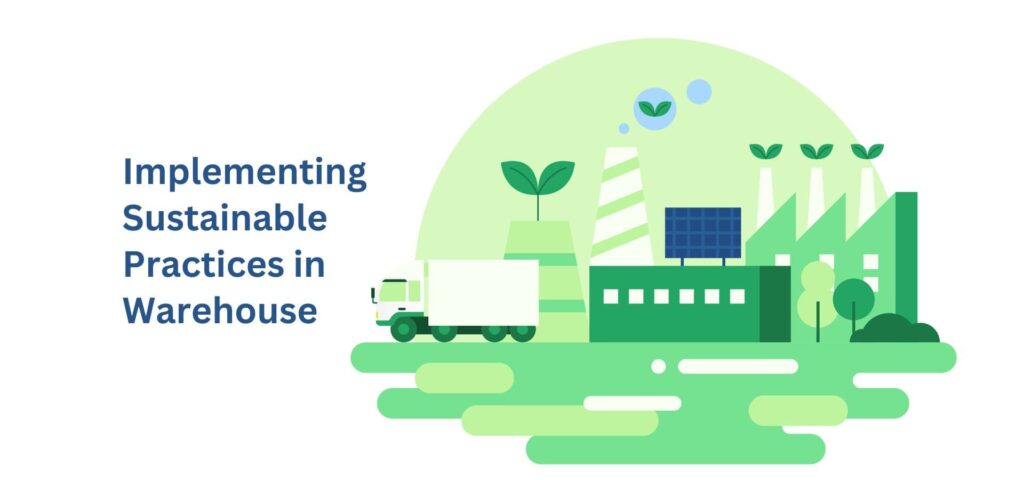
Image by Freepik
Implementing sustainable practices in a warehouse is essential for reducing environmental impact, optimizing operations, and meeting the growing demand for eco-friendly business practices. Here are some strategies to make your warehouse more sustainable:
Explore the possibility of using renewable energy sources such as solar panels or wind turbines to generate power for warehouse operations.
If constructing a new warehouse, incorporate sustainable design principles such as energy-efficient insulation, green roofs, and eco-friendly materials.
Obtain certifications such as LEED (Leadership in Energy and Environmental Design) to demonstrate a commitment to sustainable practices.
Collaborate with suppliers who prioritize sustainability in their operations and supply chain.
By implementing these sustainable practices, your warehouse can reduce its environmental footprint while also potentially benefiting from cost savings and improved operational efficiency.
Contact Us
Related
Related
Get started with Axacute and improve your business operations.